If you ever have the chance to go see a Chihuly glass art installation, go. Chihuly’s work is fascinating – from the way it’s created to the way it’s displayed – and it is extremely stunning to see in person. Pictures never quite do justice to the way the light shines through and around the glass. All of the intricate details draw you in for a closer look. Then the nature of his display invites you to step back and become immersed into the bigger picture as a whole. This was true of each room I walked into at Chihuly at Biltmore.
It amazed me to think about the process of creating these pieces, but also, what went into hanging them securely.
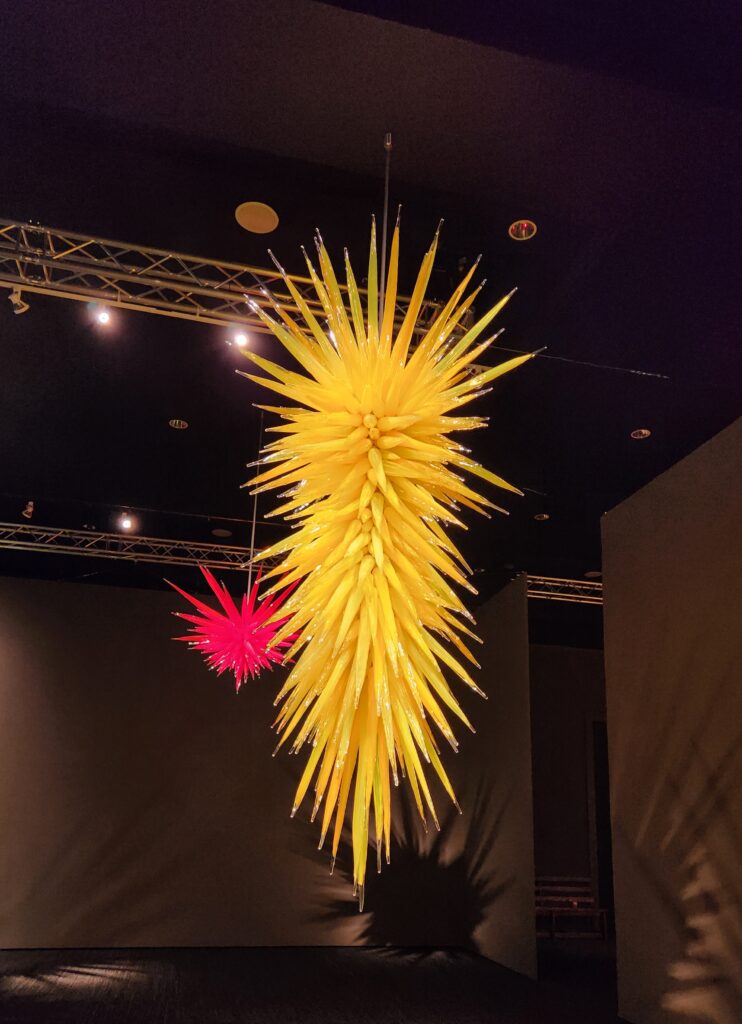
But that’s all part of the art for Dale Chihuly. A large part of his allure is in the fact that he not only creates iconic art, but he also finds new and inventive ways of displaying it.

A lot of his other installations are in places where the art blends in with the architecture and the nature that the pieces are inspired by – like the Chihuly Garden and Glass in Seattle, WA or the Franklin Park Conservatory and Botanical Gardens in Columbus, OH.
This entire installation looks like it’s sitting in a large pool of water, complete with reflections shimmering across the surface.

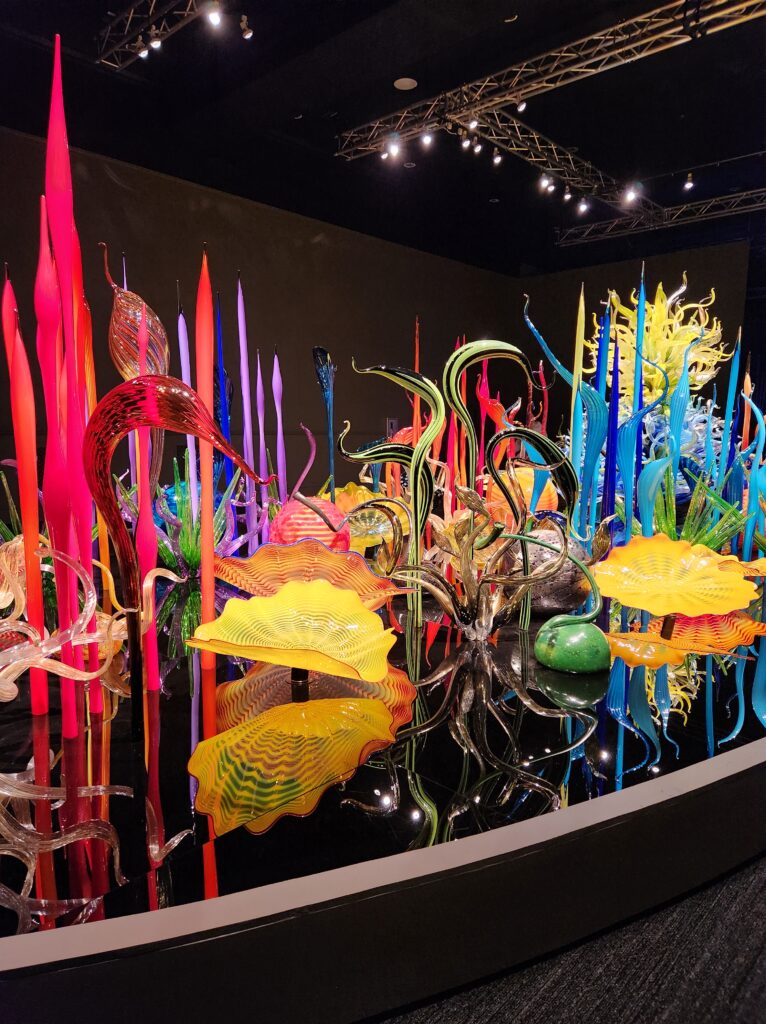
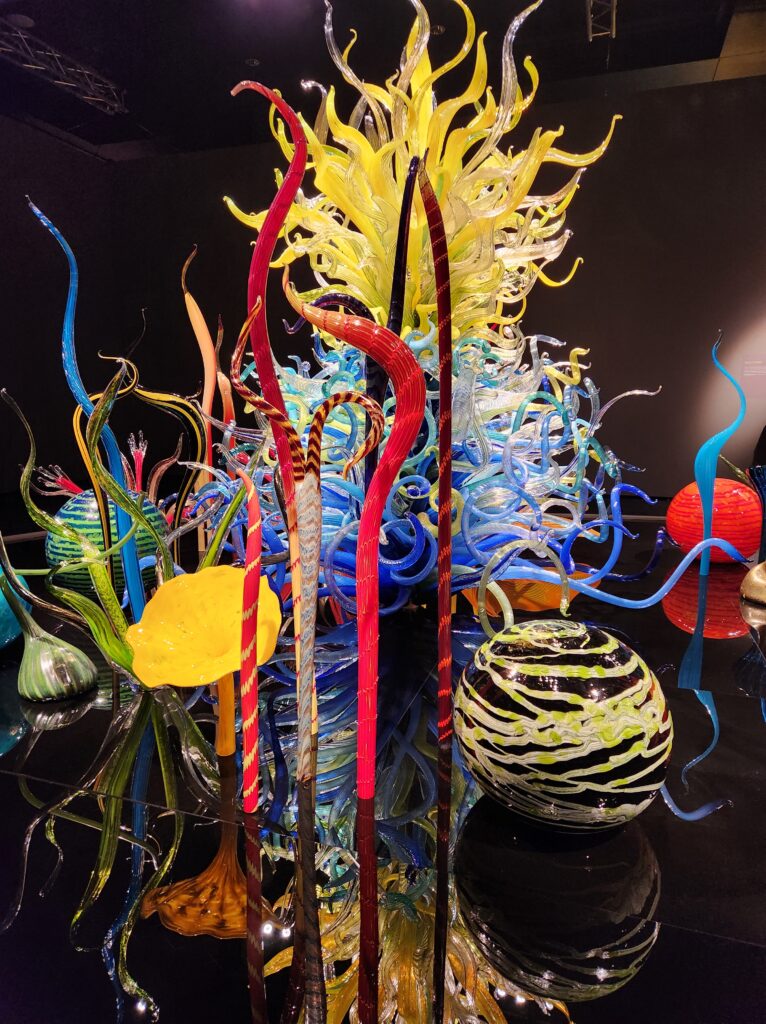
As you round each corner, a new kind of magic emerges.

If you look closely, this room feels like a scavenger hunt made out of gorgeous glass. There are starfish, sea shells, stingrays, octopus, sea urchins, and even a few babies in the mix.
When you look at the parts as a whole, you see that there are hundreds of smaller glass pieces artfully (and carefully I’m sure) laid out onto large sheets of clear glass. Oh, to be a fly on the wall as this was being placed. I can only imagine how nerve wracking it would be.

My favorite thing though, was how the light reflected through the installation onto the walls.

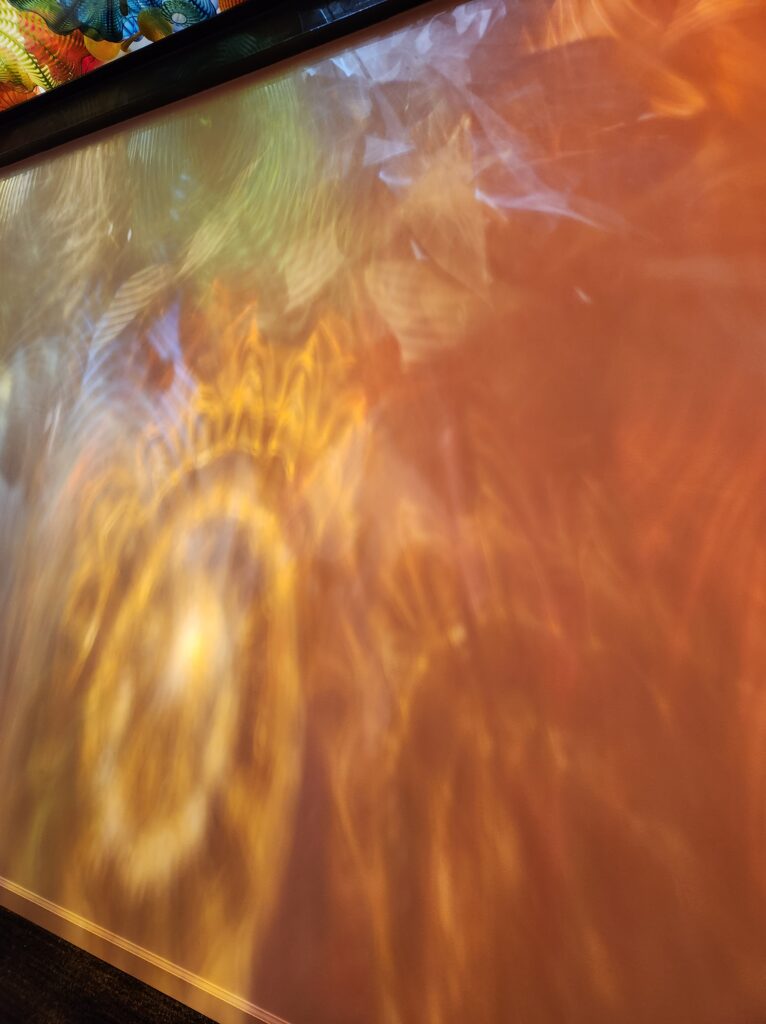
Chihuly’s creativity extends to other mediums as well.




It’s all about experimenting and following what seems interesting or fun.
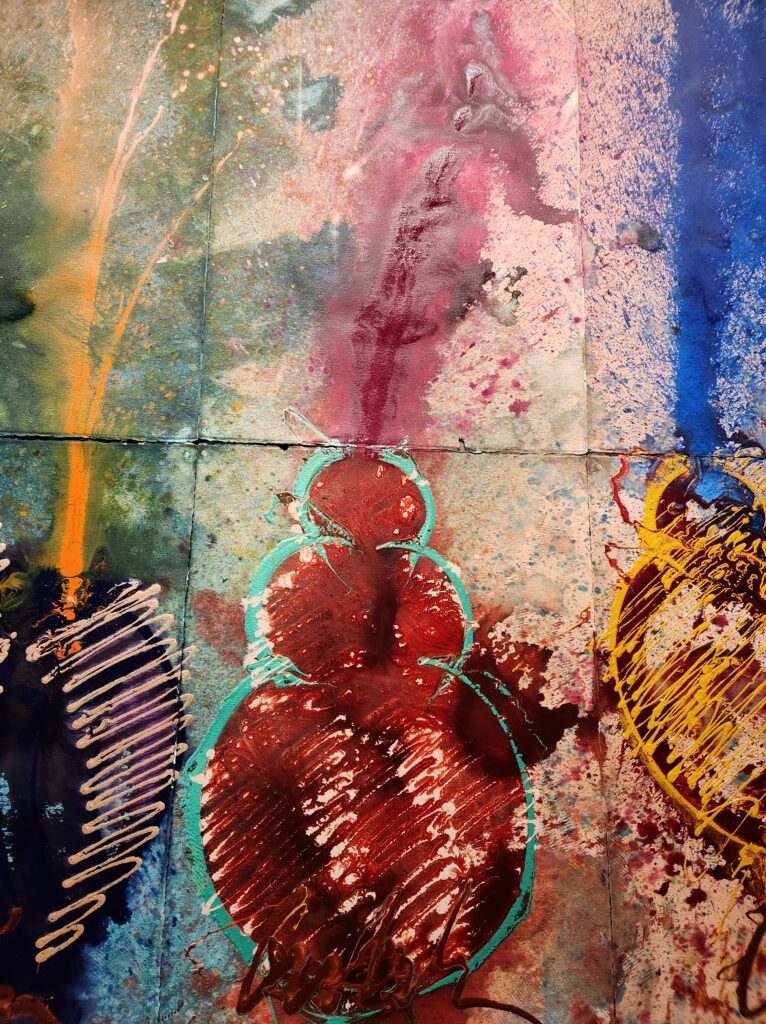

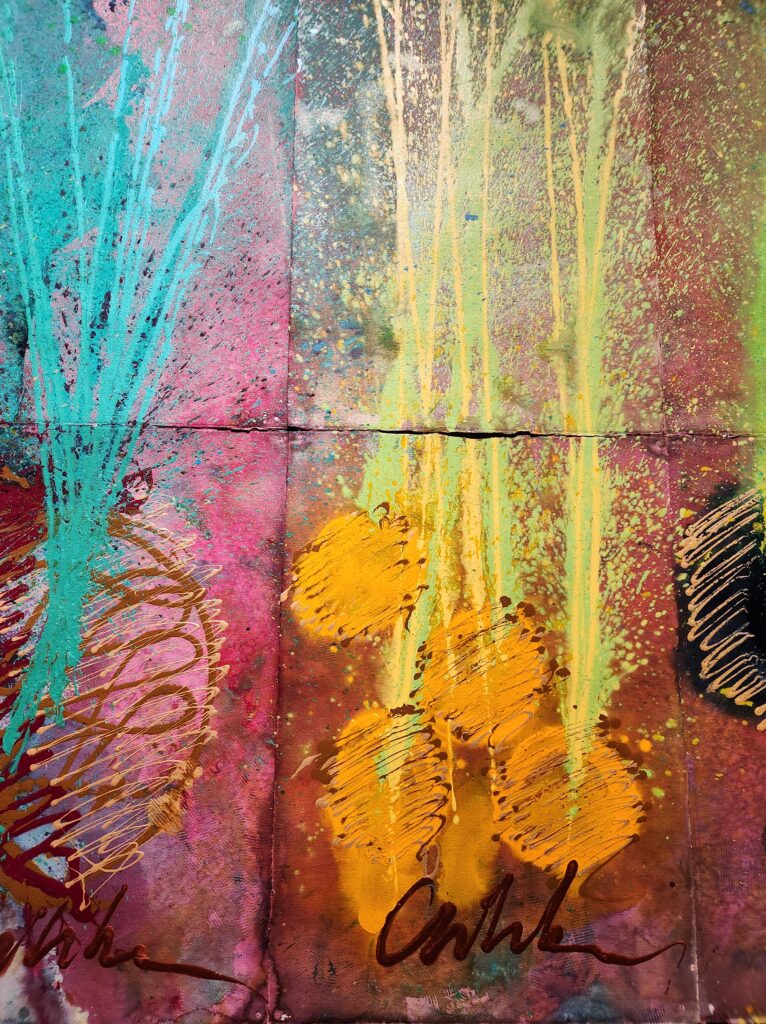
One of the most intriguing techniques I saw was on the cylinders and baskets.


These pieces were created by laying individual glass threads down and fusing them together. In short, he’s weaving with glass. In practice, the amount of time and effort that goes into making each one of these is immense.
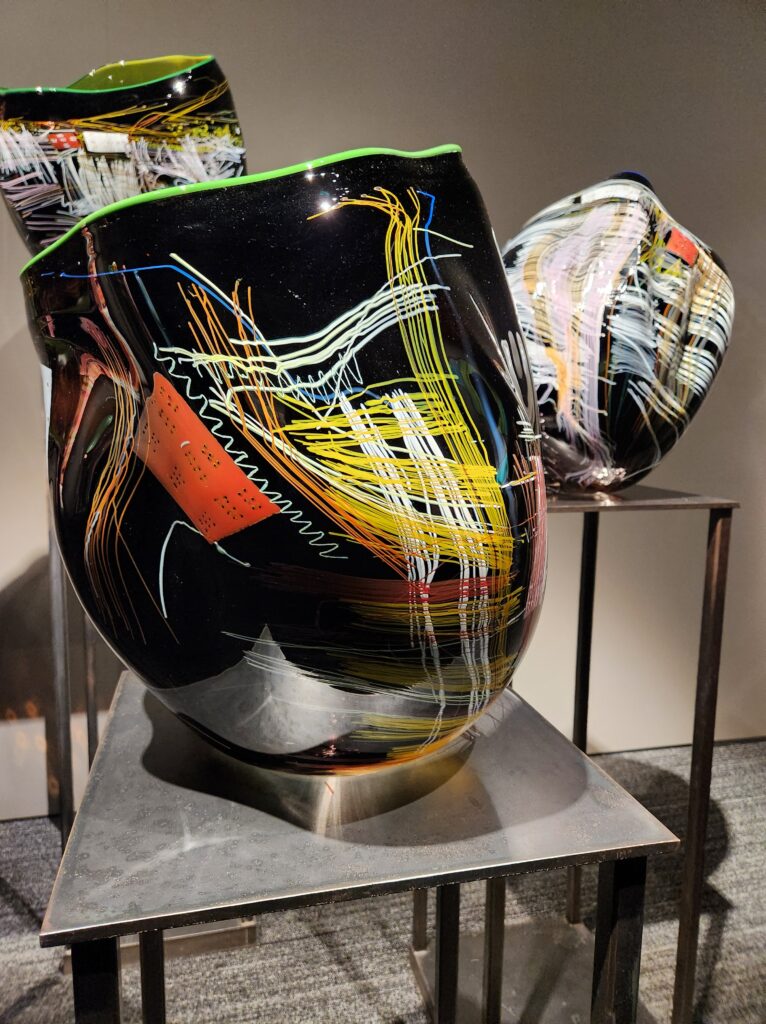

He started his career with weaving, after taking a weaving class at the University of Washington and continued to incorporate it into his life and his art over the years.
Another way this love of weaving shows up in Chihuly’s life, is in his collection of trade blankets.
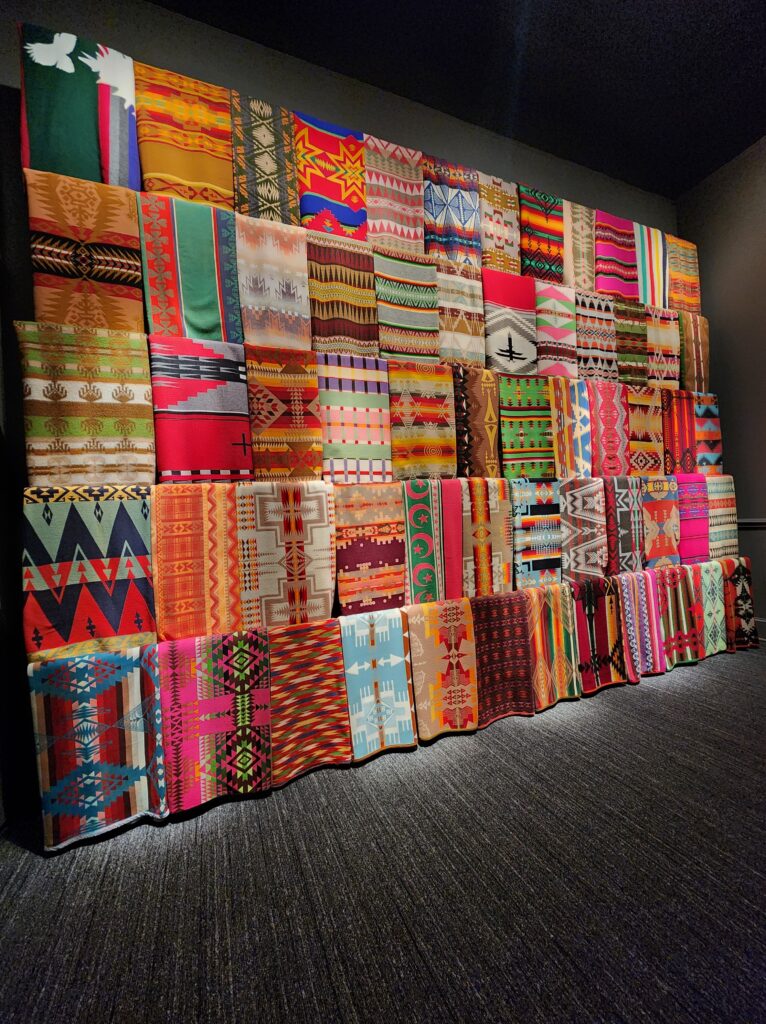
Trade blankets were (and are) created by Native American tribes from all over. They use them for clothing, gifts, as a traditional blanket, to mark special occasions, and in many other ways. The blankets are pieces of art in their own right.
These blankets represent about ten percent of Chihuly’s collection of over 700 of these blankets, and just one of the many unique collections that he has. (To see more of his personal collections, click here.)
You can see Chihuly at Biltmore through January 5, 2025.
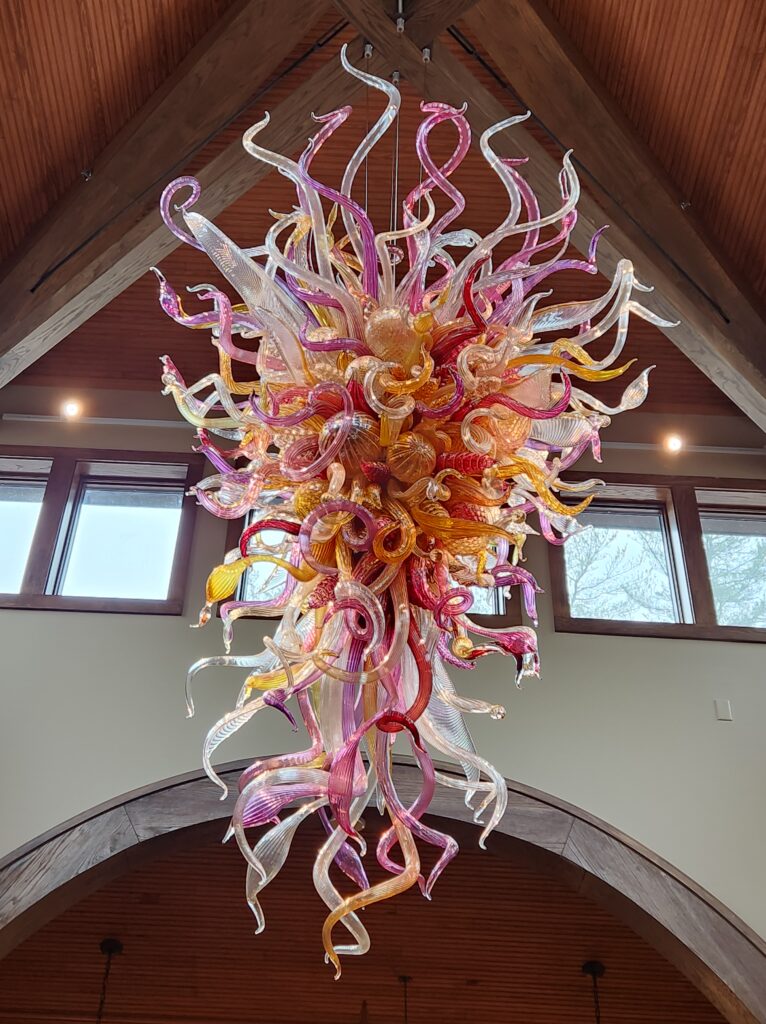
After that, or if you live in a different part of the country, check his website for other places that you can go see his work in person. He has installations all over the world, and each one of them is different.
While you’re there, you can also learn more about the man behind the art and scroll through some of the awe-inspiring work that he and his team have created.
Just like the Biltmore itself, Chihuly’s installations are meant to be completely immersive, and that’s a big part of what I liked.

Any type of creative endeavor that can take us out of our lives for a bit and immerse us in a different world, that also help us to see our world in a different way when we return to it, I enjoy tremendously. I also appreciate the fact that Chihuly doesn’t just embrace things about his work not being completely perfect, he actually invites irregularity into his work.
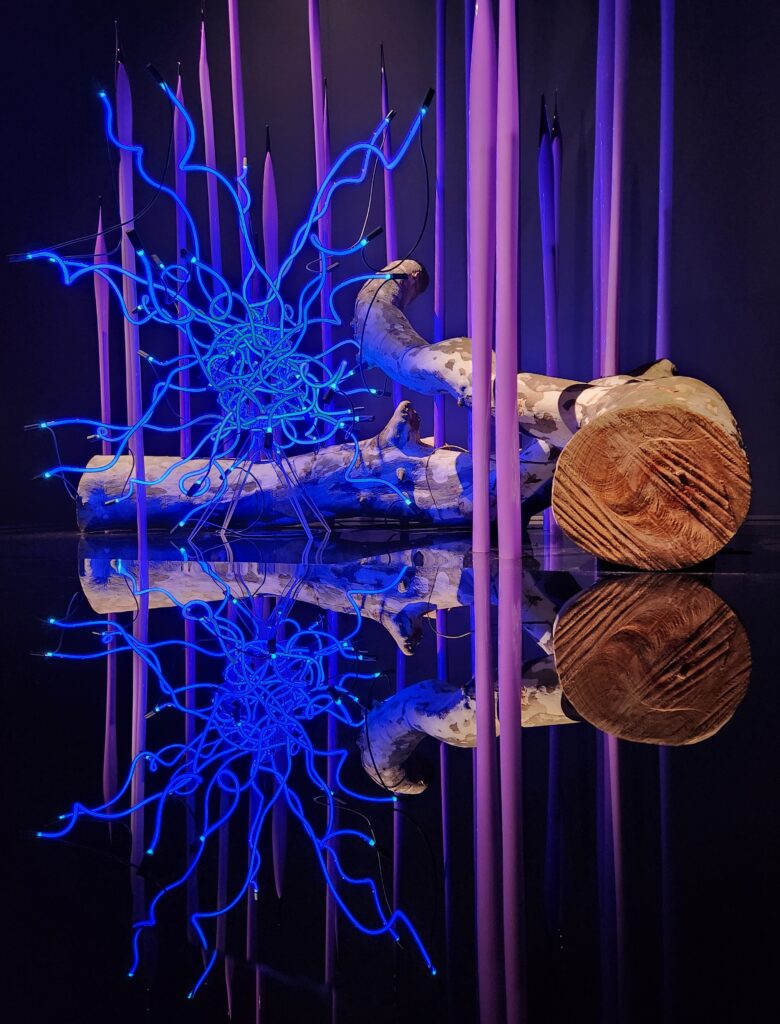
Art often mirrors life in so many ways, and, to me, this is one of them: life is rarely perfect. There are moments when it feels perfect, but a lot more often we’re figuring it out as we go. And instead of struggling against that, why not invite that irregularity in by embracing those things that we think makes us “weird”, and shine our unique light? Why not learn to work within the world around us, while trying to create more beauty and make a better life for ourselves and the people we share the world with, instead of constantly fighting it?
